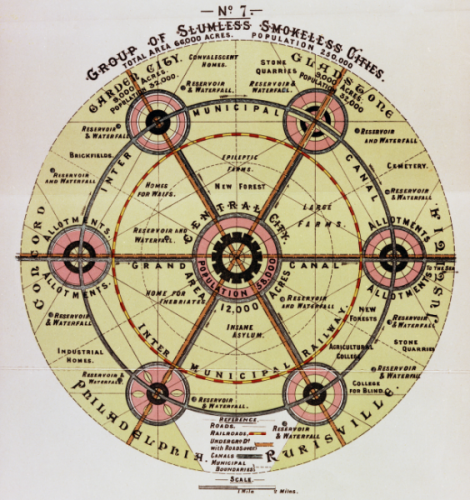Can land be managed as a ‘21st century commons’ that delivers mutual benefits to landowners and communities?
As public finances continue to tighten, local authorities, public agencies and other landowners are reviewing how they manage their land – including parks, woodlands, waterways and open green spaces. Handing responsibility for management to local volunteers, social enterprises or private sector contractors are all options, but each has their drawbacks. Reframing land as a ‘common’, and developing shared approaches to its management and governance could unlock a wider range of social, economic and environmental benefits.
Preface:
Our interest in Community Land Trusts and other forms of mutual housing and enterprise is their potential to both become a driver for co-operative place making and for setting foundations for investment in the kind of homes and places that many people long for. So far, only a few co-operative place makers have made it on their own and succeeded in showing what can be done. As with the transition from traditional to digital cameras, we simply need to find the tipping point – the perfect blend of ingredients that turns the ‘just enough’ pioneers and early adopters into a mainstream throng. As this report highlights, new forms of horizontal democracy may be part of that blend – but it will take more vision, more funding and more bravery too.
Indeed, there are some good examples now, as this report shows, of how major breakthroughs can come through when forward thinking public sector bodies embrace this vision and offer practical support to those on the ground with the energy to make change happen. Social-Public partnerships are a creative vehicle to do this. The evidence is out there to prove this. The Community Land Trust movement that has secured strategic and proactive public sector support from Burlington, Vermont to Cornwall show the power of horizontal democracy in action and the positive effects that derive from co-design, co-construction and co-delivery – all in pursuit of ‘the common good’.
Contents:
- Preface: Co-operative place making – Antidote to market failure?
- Summary
- Introduction: Can we recreate Garden Cities for the needs of 21st century citizens?
- Background and the contemporary relevance of the Garden City model
- Land stewardship and the capturing of economic value for community benefit
- Developing Community Land Trusts in Britain’s cities
- Opportunities for a Garden City and CLT approach to develop low-carbon cities
- Reinventing the Garden City model for the 21st Century
- Pathways for Action: Findings from the Task and Problem Solving Groups
- Co-operative Place Making: An Agenda for Action
- Appendix: Profiles of Contributors
Format
Source





